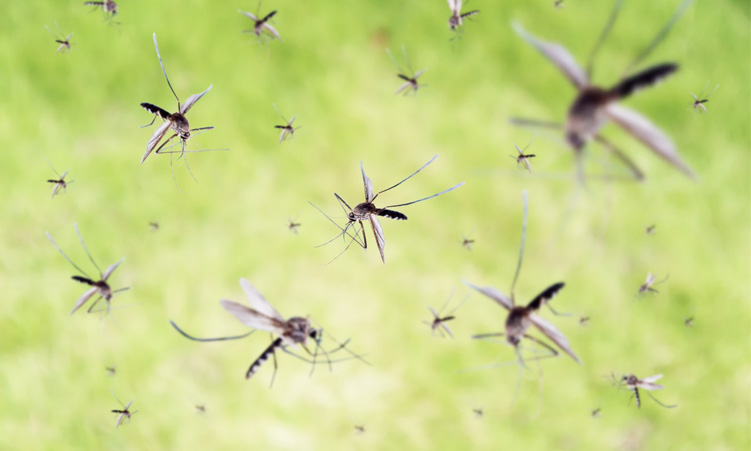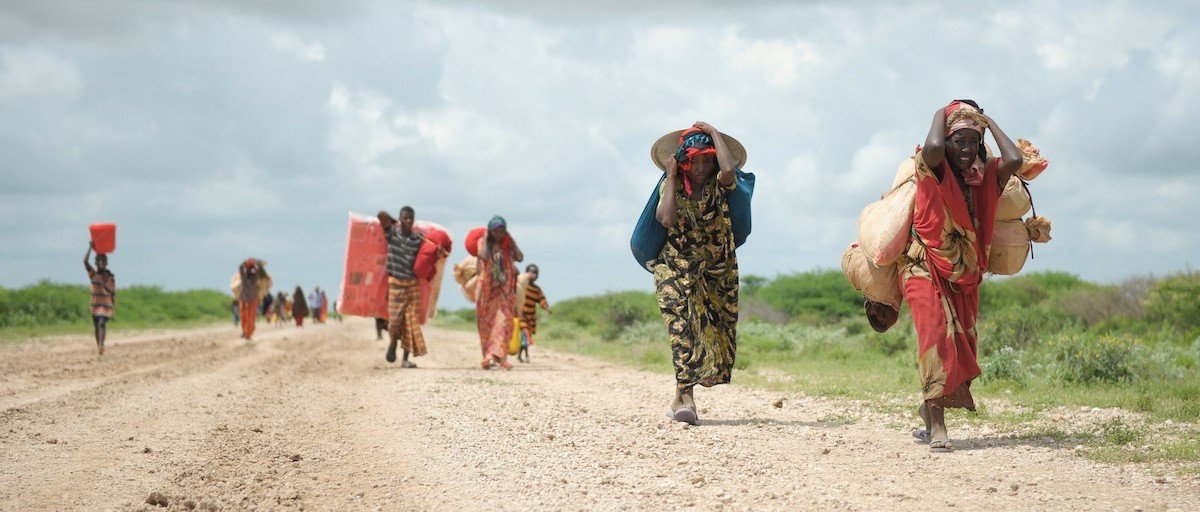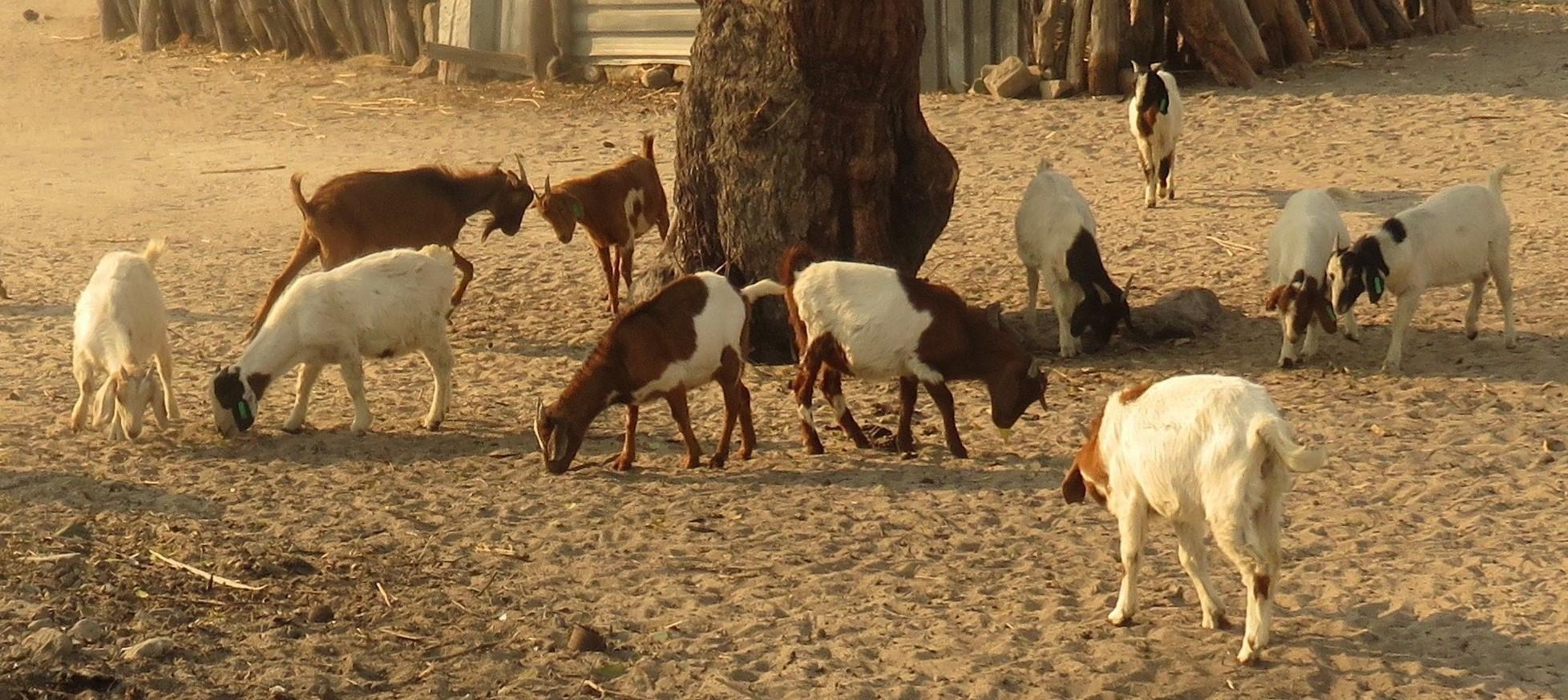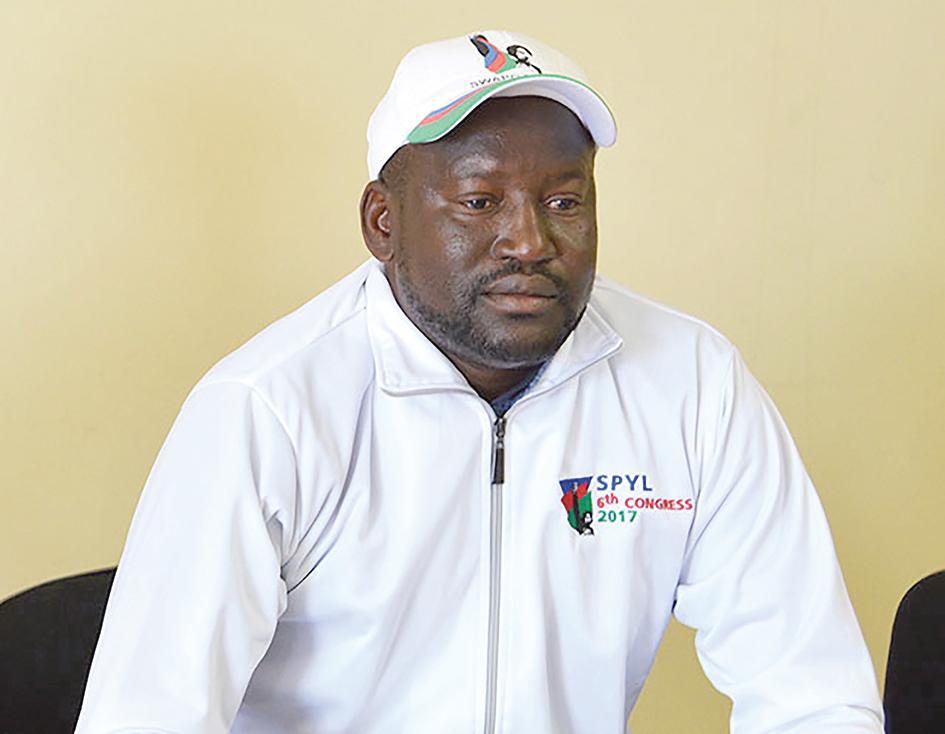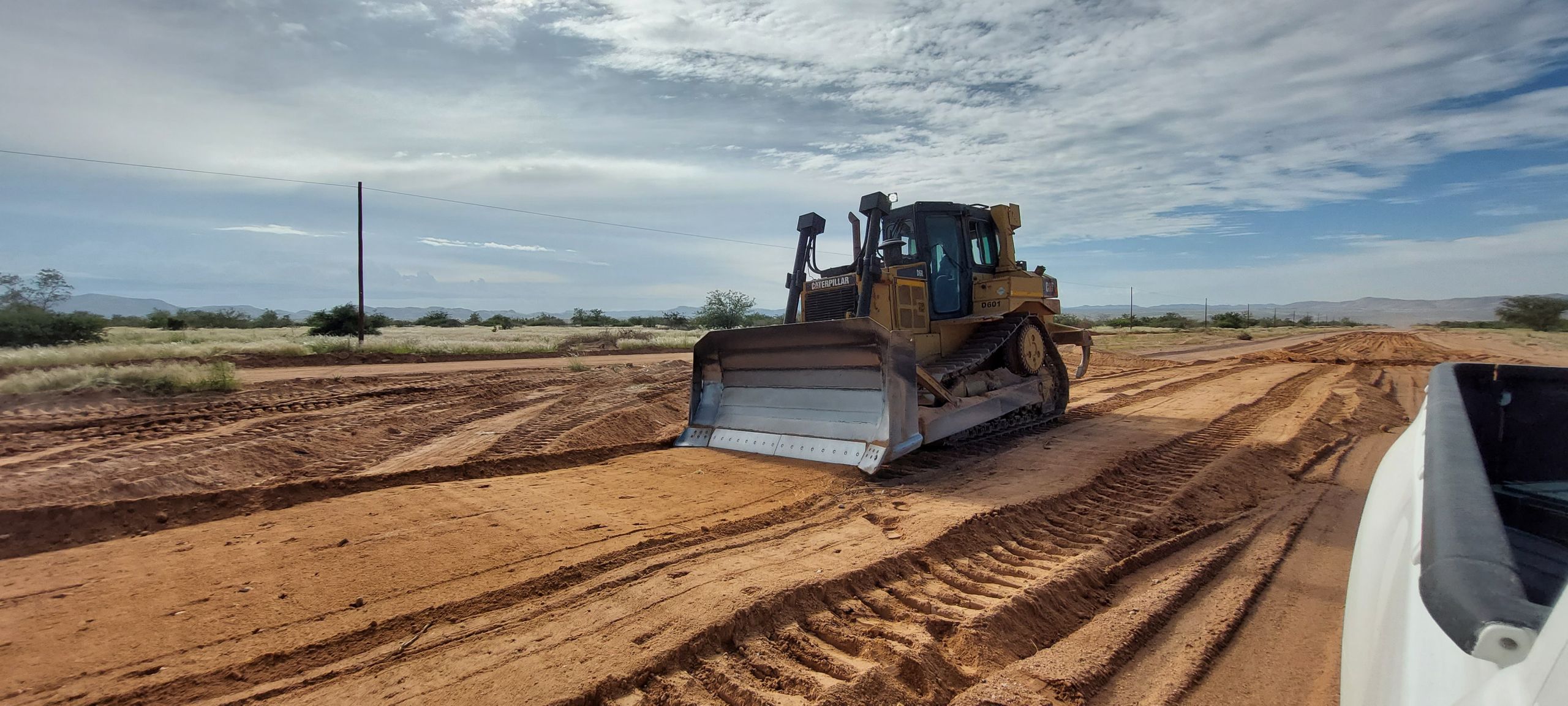The Ohangwena health directorate has revealed that four people died of malaria since an outbreak early in October last year.
The region’s health director, Robert Nandjila, says cases of malaria in the region increased from 600 in December 2024 to 2 422 to date.
This prompted both the Namibian and Angolan governments to call for a consultative meeting on the malaria outbreak at Oshikango last week.
According to Nandjila, the health directorate has noticed that while most cases of malaria are from Angola, Namibia has seen an increase in domestic cases.
“The malaria outbreak in the region is not over, it is a situation that is changing constantly.
So far, we have reports of 2 422 cumulative cases from the end of October 2024 to date.
The hospitals in the region have 399 admissions and four fatalities. Most of the cases are from the Epinga, Okongo, Omundaungilo, Omauni, Omboloka, Oshikunde, Oshandi and Olukulo clinics,” Nandjila says.
The directorate has an active malaria surveillance system in place and has also expanded health education to the community through the media and community meetings.
“Malaria is real and people visiting the region, especially close to the Angolan borders, should take the necessary precautions. Symptoms of malaria are fever and headache.
People should report to the nearest health facilities when they feel those types of symptoms.
Again, we urge people to protect themselves, avoid being outdoors in the evenings, and always be fully dressed when outdoors,” Nandjila adds.
Stay informed with The Namibian – your source for credible journalism. Get in-depth reporting and opinions for
only N$85 a month. Invest in journalism, invest in democracy –
Subscribe Now!




